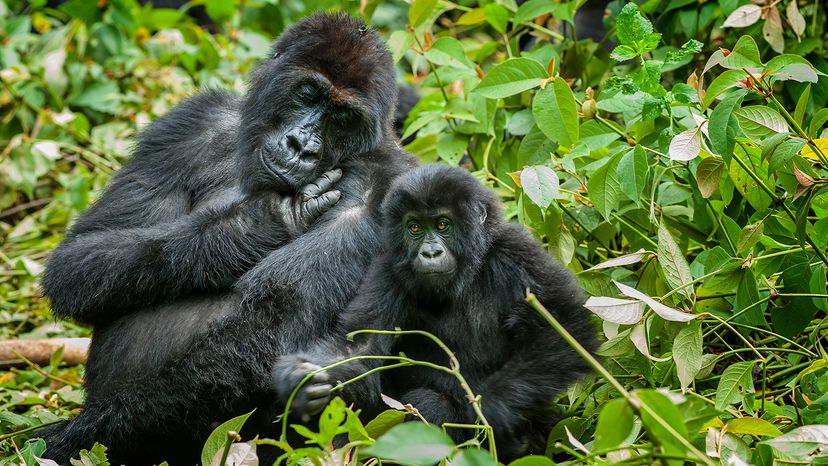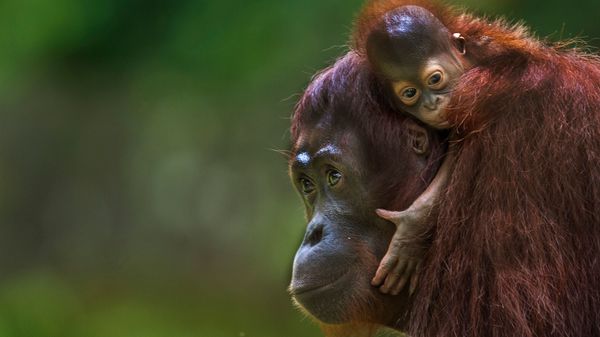
Key Takeaways
- The Eastern lowland gorilla is the largest gorilla species, primarily found in the lowland tropical forests of the Democratic Republic of Congo.
- This critically endangered species faces threats from habitat loss, poaching and civil unrest, with an estimated population of fewer than 5,000 individuals.
- Conservation efforts include anti-poaching patrols, habitat protection and community-based initiatives to promote coexistence between humans and gorillas.
The Eastern lowland gorilla, scientifically known as Gorilla beringei graueri, is a subspecies of eastern gorilla that inhabits the lush tropical rainforests of the eastern Democratic Republic of the Congo (DRC).
They are the largest gorilla subspecies and are characterized by their stocky build, short muzzle and huge hands. (Mountain gorillas are the other eastern gorillas.)
Advertisement
Join us as we explore the eastern lowland gorilla's habitat, behavior and diet, as well as conservation efforts and threats to the existence of these critically endangered primates.
Advertisement

